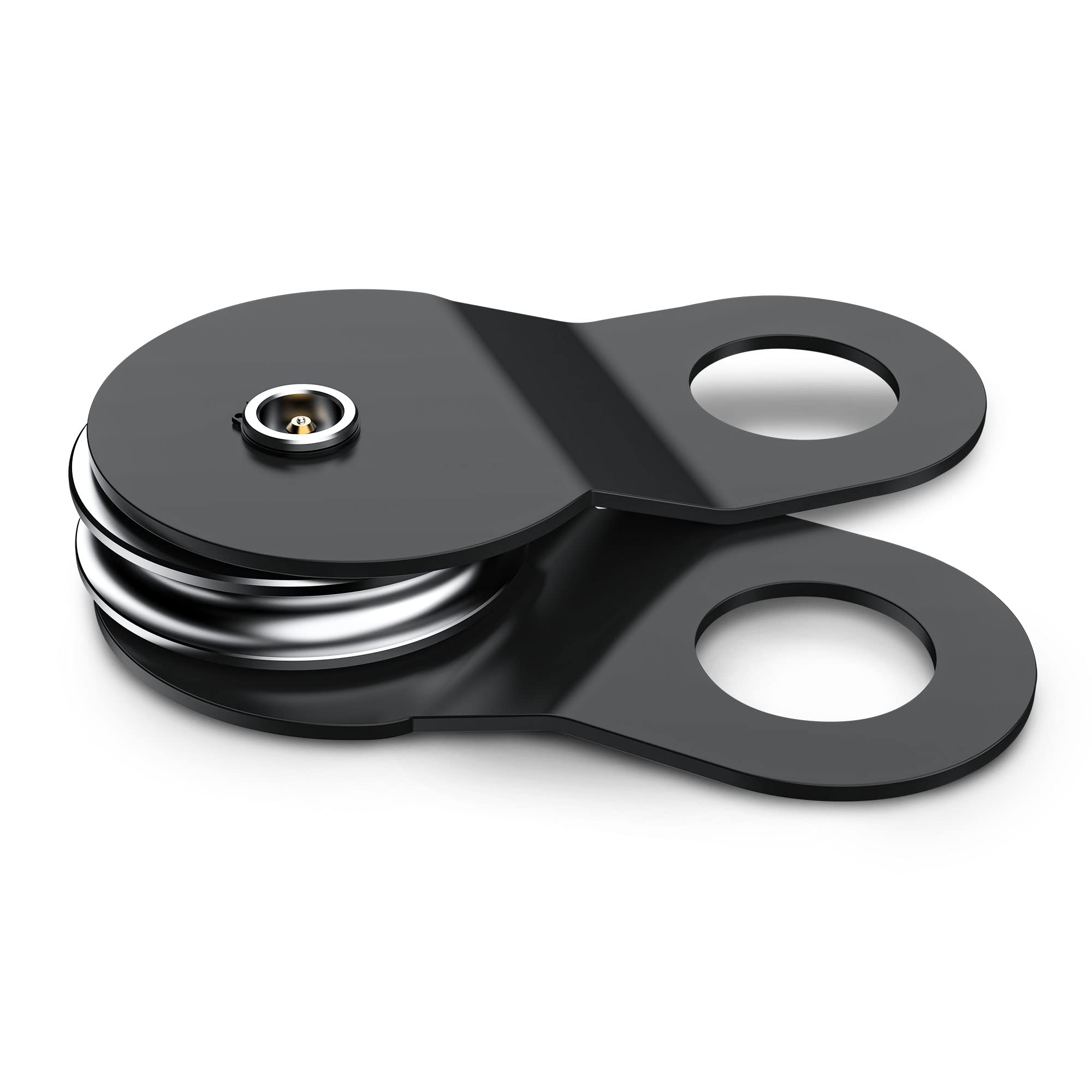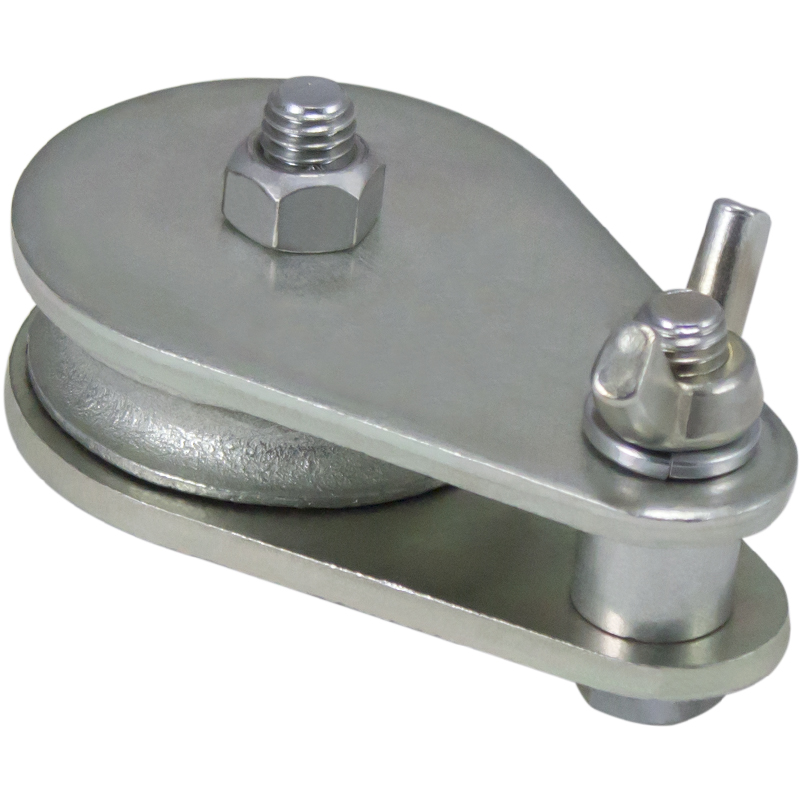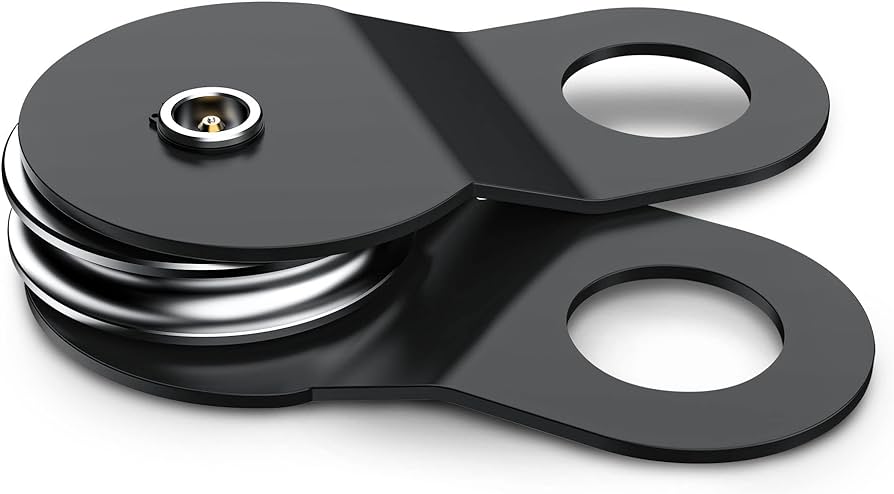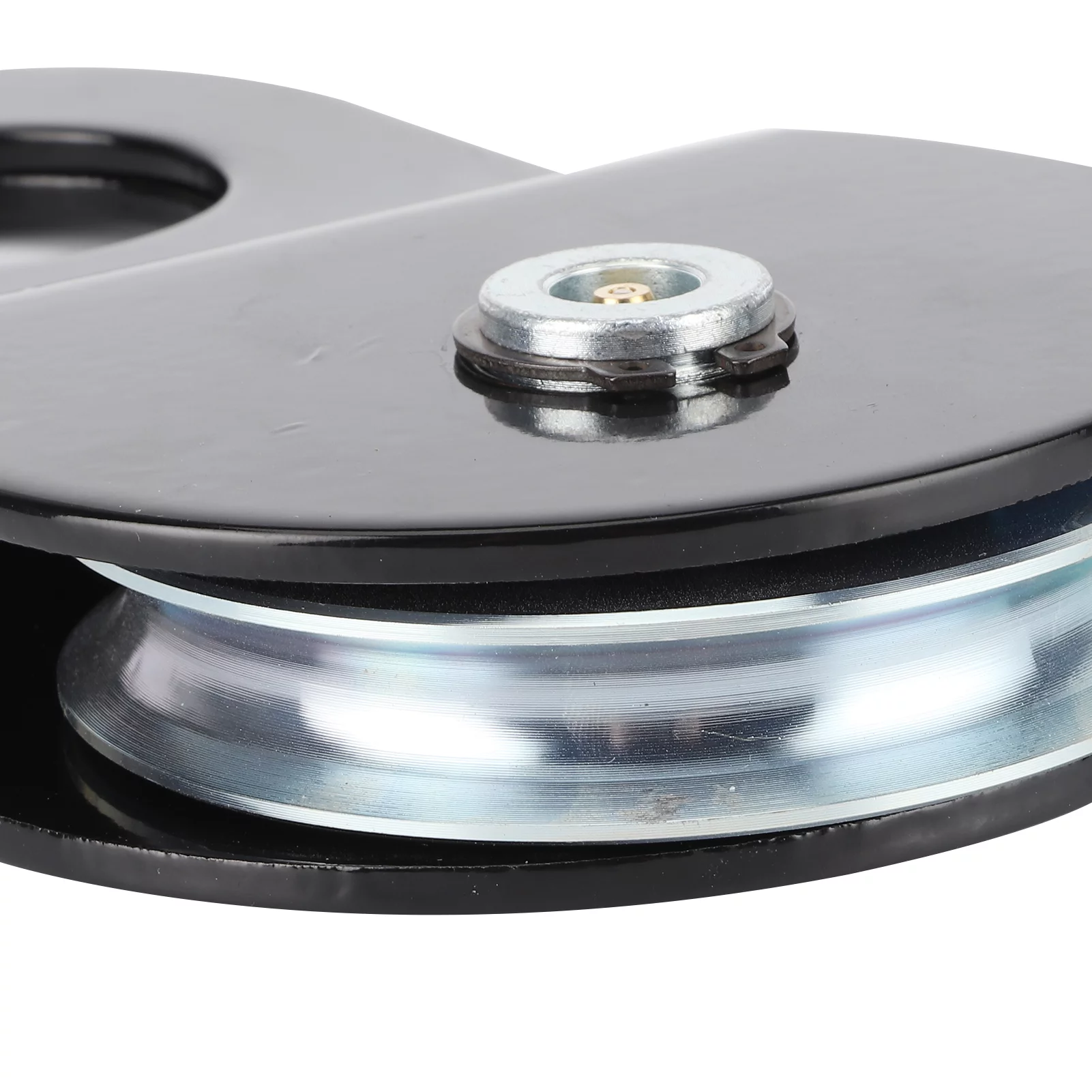Product Description
1B170 1C250 1B250 Cast iron ceramic glazing line Pulley
1. Material: Cast iron GG25, Ductile iron,grey iron
2. Process: machining – phosphating
3. Size:1C230,1C250,1C170,1B250,1B230
Specifications
Various Types of Pulley GG20/GG25/GG30/V-Belt Pluuey
1.Produce as drawings
2.on time delivery
3.ISO,CCC Reliable qualit
Various Types of Pulley GG20/GG25/GG30/V-Belt pulley
Specifications:
Process: casting-machining-palstics spraying-packaging
Technical: sand casting
Material: China-HT200/HT250/HT300 Germery-GG20/GG25/GG30
Dimension: as customer’s request
Casting level: CT10-CT11
Surface roughness: Ra25
Packaging: wooden cases or as customer’s drawings
Surface treatment: shot blasting, plastic spraying, paint spraying
Equipment: cupola, electric furnace
Weight: 0.5kg-100kg
Surface colour: plastic spraying RAL2004/black paint/ antirust paint
Inspection:
In-house and third partyUniversal
All the products are strictly inspected by the operators and skilled QC
inspection tools: hardness tester, height ruler
Production Procedure:
Drawings→Mould developing→Raw casting→Sandblasting→Rough machining or finish machining→Surface treatment→Inspection→Packing→Delivery strictly
We can produce the pulleys according to the drawings and samples provided by the customers with excellent quality and competitive price.
As an experienced casting manufacturer, we assure you the quality! Our products are through careful inspection, and our quality is high and reliable which have been achieved cutomers’ satisfaction!
If you are interested in our products, please do not hesitate to contact us!
|
HangZhou Jiangdashengye Trade co.,ltd. |
|
|
OEM SERVICES |
|
|
Service |
Drawings or samples processing/OEM/ODM service provided |
|
Produce Process |
Drawings→ mould making →raw casting → sandblasting →rough machining or finish machining →surface treatment →product checking→ packing →delivering |
|
Casting Material |
Cast Iron, Grey Iron, Ductile Iron,Carbon Steel, Stainless steel, Alloy steel, |
|
Standard |
ISO, GB, ASTM, DIN, JIS |
|
Equipment |
melting furnace, centrifugal casting machines coated CHINAMFG machine CNC machines turning machines grinding machines milling machines drilling machine punching machines laser carving machine |
|
Surface treatment |
Heat treatment, Polishing, Sand blasting, Painting, Electro-plating, Chemical Plating, and other machining processing. |
|
Inspection Equipments |
Spectrum analysis instrument, Metallurgical analysis, Tensile strength tester, Hardness tester, Roughness tester, deflection tester, Impact test machine, Projector, Altimeter, Scale Micrometer, pressure tester, etc. |
|
Delivery |
Sample sent to customer by air. Large quantity products delivered to customer by sea from xingang,China |
|
Payment terms |
L/C at sight or 30% T/T as deposit and balanced 70% to pay before |
v pulley, v belt pulley, v groove pulley, v groove belt pulley, taper lock pulley, taper lock v belt pulley, taper lock bushing pulley, taper lock pulleys / taper bore pulley, large v belt pulley, double v belt pulley, cast iron v belt pulley belt pulley, variable speed v belt pulleys, v belt pulley split pulley, cast iron v belt pulley
V belt pulley specifications:
1) European standard:
a) V-belt pulleys for taper bushings: SPZ, SPA, SPB, SPC; up to 10 grooves
b) Adjustable speed V-belt pulleys and variable speed pulleys
c) Flat belt pulleys and conveyor belt pulleys
2) American standard:
a) Sheaves for taper bushings: 3V, 5V, 8V
b) Sheaves for QD bushings: 3V, 5V, 8V
c) Sheaves for split taper bushings: 3V, 5V, 8V
d) Sheaves for 3L, 4L or A, and 5L or B belts: AK, AKH, 2AK, 2AKH, BK, BKH,2BK, 2BKH, 3BK
e) Adjustable sheaves: poly V-pulley, multi-pitch H, L, J, K and M
3) Bore: pilot bore, finished bore, taper bore, bore for QD bushing
4) Surface finish: paint, phosphating, zinc plated
5) Material: cast iron, ductile iron, nylon, aluminum
6) Made according to drawings and/or samples, OEM inquiries welcomed
Now we send photo of our production as follows:
/* January 22, 2571 19:08:37 */!function(){function s(e,r){var a,o={};try{e&&e.split(“,”).forEach(function(e,t){e&&(a=e.match(/(.*?):(.*)$/))&&1
| Size: | 1c250 |
|---|---|
| Size2: | 1c230 |
| Size3: | 1b270 |
| Size4: | 1b250 |
| Name: | Casting and Machining Belt Pulley |
| Transport Package: | Wooden Packing |
| Samples: |
US$ 3.5/Piece
1 Piece(Min.Order) | |
|---|
| Customization: |
Available
| Customized Request |
|---|
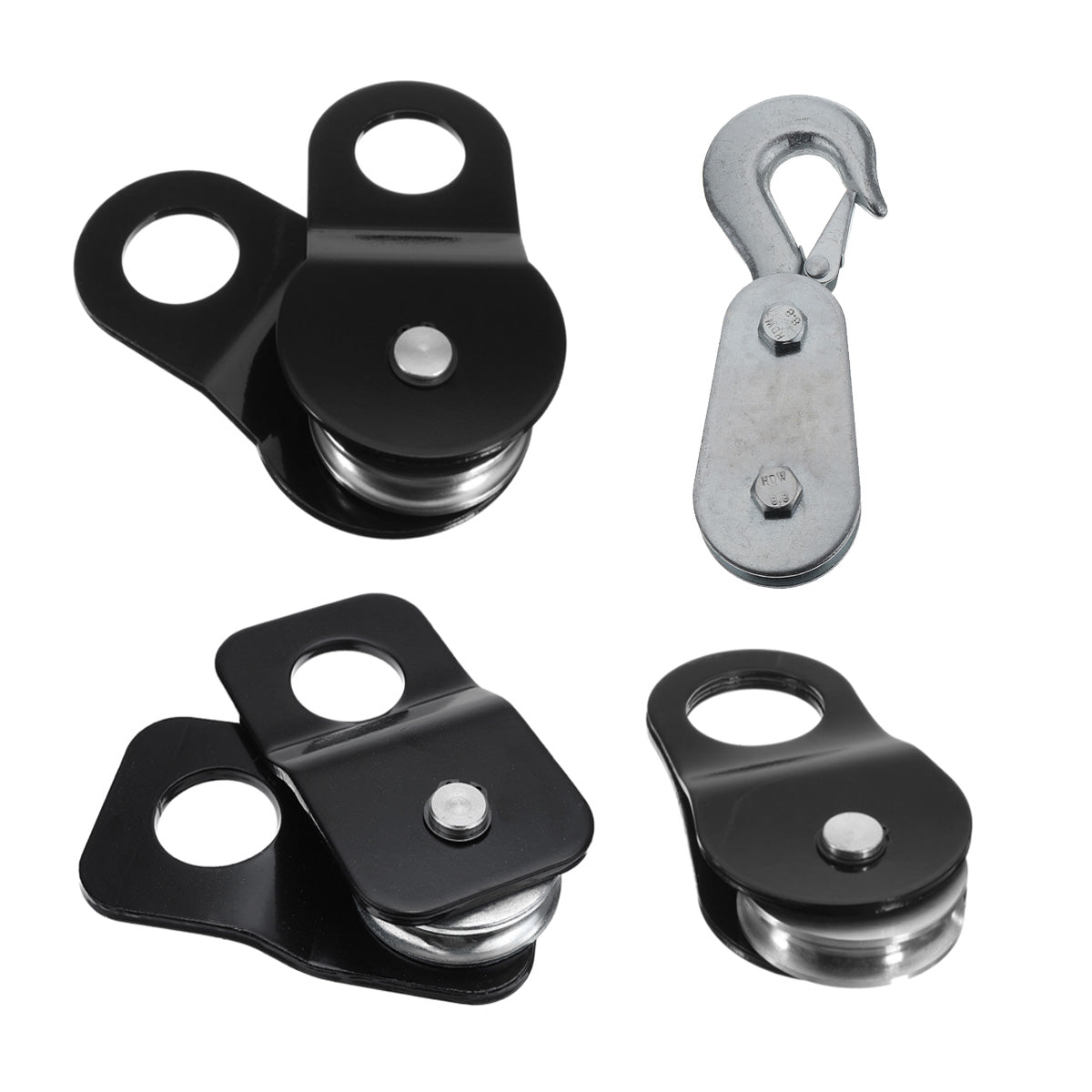
What maintenance procedures are required to keep winch pulleys in good condition?
To keep winch pulleys in good condition and ensure their optimal performance, several maintenance procedures should be followed. Here is a detailed explanation:
Regular maintenance is essential for the longevity, reliability, and safe operation of winch pulleys. By performing the following maintenance procedures, you can keep winch pulleys in good condition:
- Cleaning: Regularly clean the winch pulleys to remove dirt, debris, and other contaminants that can accumulate over time. Use a soft brush or cloth to gently scrub the pulleys and remove any buildup. Pay special attention to the grooves, sheaves, and bearing areas. Avoid using harsh chemicals that can damage the pulleys or compromise their integrity.
- Inspection: Conduct thorough inspections of the winch pulleys to identify any signs of wear, damage, or defects. Look for cracks, corrosion, bent or broken parts, or excessive wear on the sheaves or bearings. Check the cables, ropes, or straps for fraying, kinks, or signs of weakening. If any issues are detected, repair or replace the affected components promptly.
- Lubrication: Apply appropriate lubrication to the winch pulleys to ensure smooth and efficient operation. Use lubricants recommended by the manufacturer, such as silicone-based or synthetic lubricants. Apply the lubricant to the bearing surfaces, sheaves, and other moving parts as per the manufacturer’s guidelines. Avoid over-lubrication, as it can attract dirt and debris.
- Bearing Maintenance: Winch pulleys often have bearings that require maintenance. Check the manufacturer’s recommendations for bearing maintenance intervals and procedures. Clean and inspect the bearings regularly, and replace them if signs of wear or damage are present. Ensure that the bearings are properly lubricated to reduce friction and maintain their performance.
- Alignment: Check the alignment of the winch pulleys to ensure they are properly aligned with the cables, ropes, or straps. Misalignment can cause premature wear, increased friction, and reduced efficiency. Adjust the pulleys as necessary to ensure proper alignment and smooth operation.
- Load Testing: Periodically perform load testing to verify the load capacity and performance of the winch pulleys. Follow the manufacturer’s guidelines for load testing procedures and use appropriate equipment to apply controlled loads. Load testing helps identify any potential issues with the pulleys and ensures they can safely handle the intended loads.
- Storage: If winch pulleys are not in use for an extended period, store them in a clean and dry environment. Protect them from moisture, extreme temperatures, and corrosive substances. Consider using protective covers or storage containers to prevent dust accumulation and potential damage during storage.
- Manufacturer’s Recommendations: Always refer to the manufacturer’s recommendations and guidelines for specific maintenance procedures and intervals. Different winch pulleys may have unique maintenance requirements or specific considerations. Adhering to the manufacturer’s instructions ensures that the maintenance procedures are appropriate for the particular winch pulleys being used.
By following these maintenance procedures, you can keep winch pulleys in optimal condition, prolong their lifespan, and ensure safe and reliable operation. Regular maintenance not only enhances the performance of winch pulleys but also helps prevent potential failures or accidents during lifting and pulling operations.
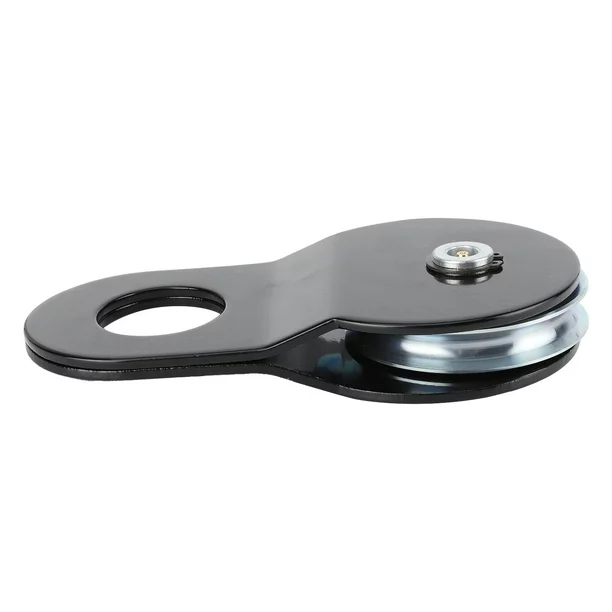
Can winch pulleys be customized for various winching systems?
Yes, winch pulleys can be customized to suit various winching systems. Here is a detailed explanation:
Winch pulleys are versatile components that can be adapted and customized to meet the specific requirements of different winching systems. Customization allows for the optimization of pulley size, design, and features to enhance the performance and compatibility with the winch system. Here are some aspects of winch pulleys that can be customized:
Load Capacity: Winch pulleys can be customized to match the load capacity of the winching system. This involves selecting or manufacturing pulleys with load ratings that align with the maximum load that the winch is designed to handle. Customization ensures that the pulley can handle the anticipated loads without compromising safety or performance.
Sheave Diameter: The sheave diameter of winch pulleys can be customized to suit the specific requirements of the winching system. By selecting a suitable sheave diameter, the mechanical advantage and line speed can be optimized for the intended application. Customizing the sheave diameter allows for fine-tuning the winching system’s performance to achieve the desired balance between pulling power and speed.
Material and Construction: The material and construction of winch pulleys can be customized to meet the environmental conditions and demands of the winching system. Different materials, such as steel, stainless steel, or high-strength polymers, can be chosen based on factors like corrosion resistance, durability, and weight considerations. Customization may also involve selecting the appropriate bearing type, lubrication, and overall construction to ensure longevity and reliable operation.
Attachment Options: Winch pulleys can be customized with various attachment options to facilitate easy integration into different winching systems. This includes options for different mounting configurations, such as fixed or swivel hooks, brackets, or eyelets, to accommodate the specific connections and rigging arrangements of the winch system. Customization allows for seamless integration and compatibility.
Special Features: Depending on the specific requirements of the winching system, winch pulleys can be customized with special features. This may include self-cleaning grooves, high-visibility colors, or additional safety enhancements like locking mechanisms or protective guards. Customization enables the incorporation of features that enhance the functionality, safety, and ease of use of the winching system.
Compatibility: Customizing winch pulleys ensures compatibility with the specific winch model or brand. This involves considering the dimensions, specifications, and recommendations provided by the winch manufacturer. Customized pulleys can be designed to fit seamlessly with the winch system, ensuring optimal performance and reducing the risk of compatibility issues.
Overall, winch pulleys can be customized to meet the specific requirements of various winching systems. Customization allows for the selection of pulley load capacity, sheave diameter, material, construction, attachment options, and special features to optimize performance, compatibility, and safety.

In which industries are winch pulleys commonly employed?
Winch pulleys find applications in various industries where lifting, pulling, and load control are essential. Here is a detailed explanation of the industries where winch pulleys are commonly employed:
- Automotive and Off-Road: Winch pulleys are widely used in the automotive and off-road industries. They are employed in off-road recovery operations, allowing vehicles to be safely pulled out of mud, sand, or other challenging terrains. Winch pulleys are also used in vehicle-mounted winches for tasks such as self-recovery, vehicle extraction, and load securing.
- Marine and Shipping: In the marine and shipping industries, winch pulleys play a crucial role in various tasks. They are used in marine winches for activities such as boat and ship anchoring, mooring, and cargo handling. Winch pulleys are employed in tasks like lifting and lowering sails, adjusting rigging lines, and controlling loads during marine operations.
- Construction and Heavy Machinery: Winch pulleys are commonly employed in the construction and heavy machinery sectors. They are used in cranes, hoists, and other lifting equipment to facilitate the movement of heavy materials and equipment. Winch pulleys assist in tasks such as lifting concrete slabs, steel beams, and other construction components.
- Oil and Gas: In the oil and gas industry, winch pulleys are utilized for various applications. They are employed in drilling operations for tasks such as wellbore deployment and retrieval, wireline operations, and pipe handling. Winch pulleys are also used in offshore platforms for lifting and lowering equipment, subsea operations, and installation and maintenance of pipelines.
- Mining and Quarrying: Winch pulleys are extensively utilized in the mining and quarrying industries. They are employed in mining winches for activities such as ore extraction, material handling, and shaft sinking. Winch pulleys are also used in quarrying operations for tasks like stone block extraction, transporting heavy loads, and controlling conveyor systems.
- Forestry and Logging: Winch pulleys find applications in the forestry and logging sectors. They are used in logging winches to assist in the felling and extraction of trees. Winch pulleys facilitate the controlled lowering of felled trees, movement of logs, and hauling equipment through forested areas.
- Utilities and Power: Winch pulleys are employed in the utilities and power industries for various tasks. They are used in power line maintenance and installation, allowing for controlled lifting and positioning of utility poles, stringing electrical cables, and tensioning power lines. Winch pulleys are also employed in tasks such as tower erection, antenna installation, and cable pulling in the telecommunications industry.
- Recreation and Adventure: Winch pulleys have applications in recreational and adventure activities. They are used in activities such as zip-lining, rock climbing, and high ropes courses for controlled descents, ascents, and traverses. Winch pulleys provide safety, control, and ease of movement in adventure sports and recreational venues.
In summary, winch pulleys are commonly employed in industries such as automotive and off-road, marine and shipping, construction and heavy machinery, oil and gas, mining and quarrying, forestry and logging, utilities and power, as well as in recreational and adventure activities. They play a critical role in lifting, pulling, load control, and maneuvering tasks across a wide range of applications and industries.


editor by CX
2024-05-09
